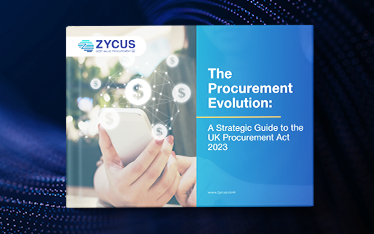Das Should-Cost Model ist ein strategisches Analysemodell im Beschaffungswesen, mit dem der ideale (Soll-)Kostenwert eines Produkts oder einer Dienstleistung auf Basis von Komponenten, Fertigungsprozessen und Marktbedingungen geschätzt wird. Es unterstützt Unternehmen dabei, Einsparpotenziale zu identifizieren, indem der berechnete Soll-Kostenwert mit den Lieferantenangeboten verglichen wird – eine Grundlage für fundierte Verhandlungen und eine effektive Beschaffungsstrategie.
Références
-
Vous ne connaissiez pas ces 7 étapes d’un processus achat efficace
-
Une société internationale de services pétroliers et gaziers verrouille ses exercices pour obtenir une visibilité sur ses dépenses
-
Suite logicielle Procure to Pay de Zycus
-
Maturité de l’Intake Management – Du chaos au contrôle
-
Évaluation de la performance des fournisseurs – Une liste de contrôle rapide
[custom-related-posts title="Related Terms" none_text=""]
White Papers
Master the UK Procurement Act 2023: Ensure Compliance & Drive Procurement Excellence

Modèle de Should-Cost
Das Should-Cost Model ist ein strategisches Analysemodell im Beschaffungswesen, mit dem der ideale (Soll-)Kostenwert eines Produkts oder einer Dienstleistung auf
























